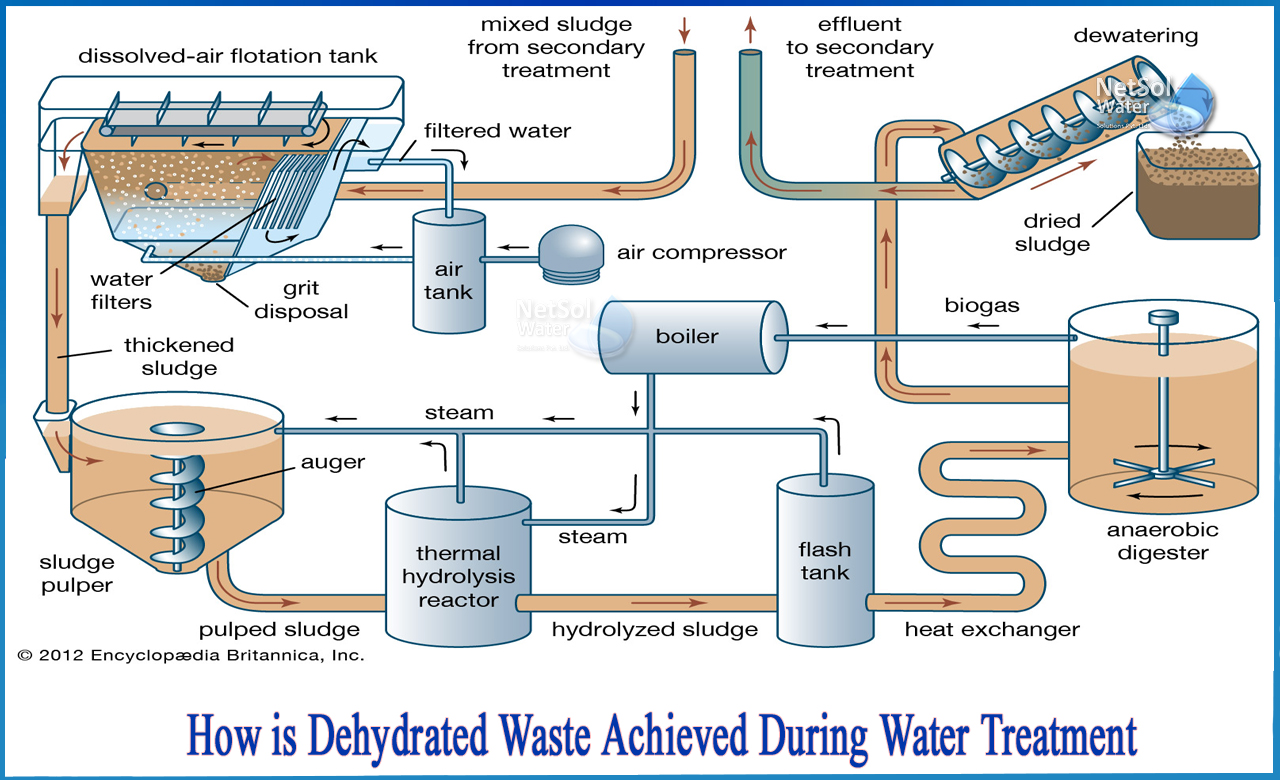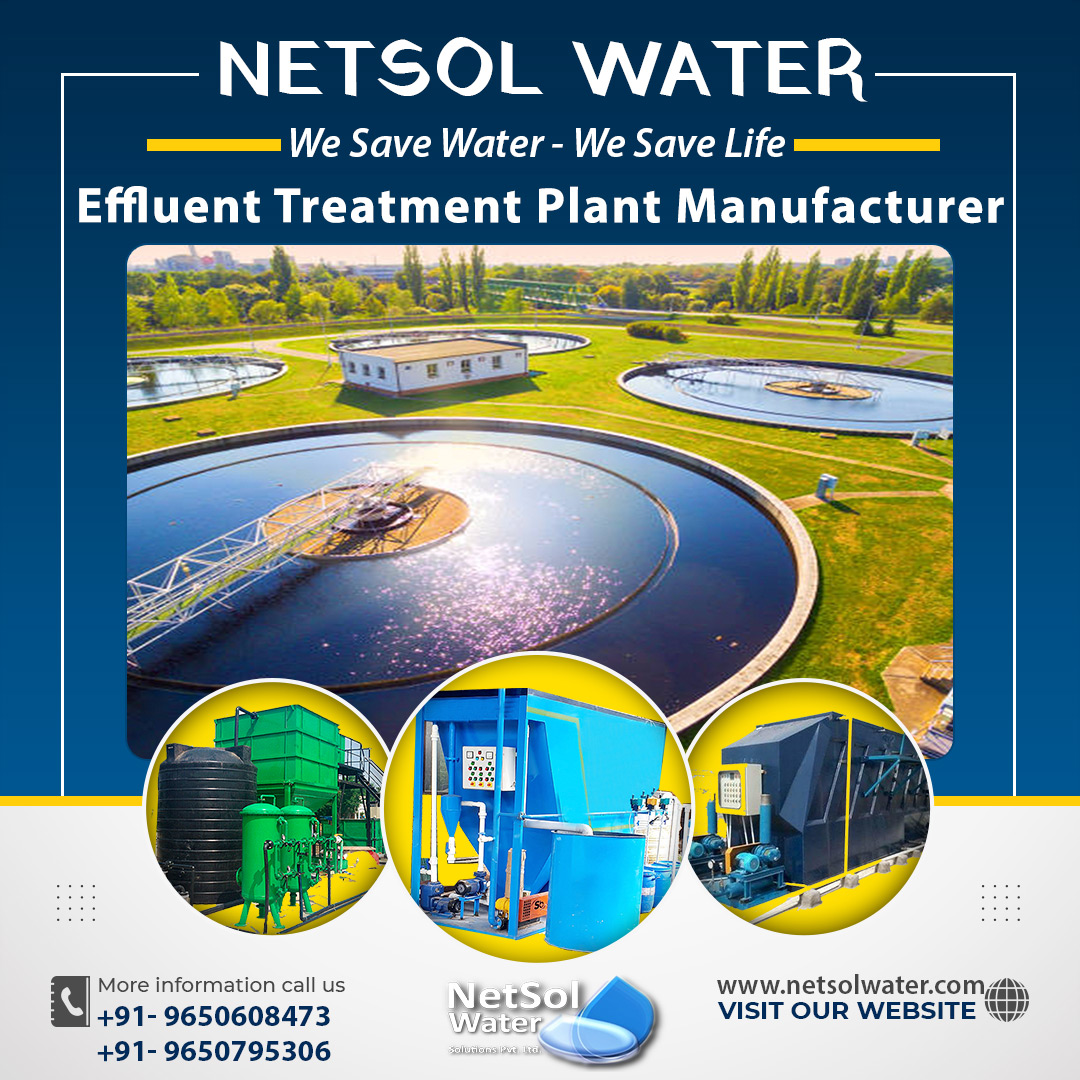How is dehydrated waste achieved during water treatment?
Rather than eradicating toxins in the water, a variety of water-treatment procedures segregate and concentrate them. Physical, physicochemical, and biological treatments all produce solid waste or sludge, which is mostly water because the solids concentration is normally between 0.5 and 5%. In most circumstances, regardless of the end state, a waste dehydration stage should be conducted at the source of the trash to reduce its volume and, as a result, transportation costs.
Techniques for dehydration
The following are the most effective waste dehydration methods:
· Band filters
· Filter presses
· Vacuum filters
· Centrifugation
· Thermal drying
As a result, water-treatment systems produce a lot of solid waste with a lot of water in it. The elimination of this water, in part or entirely, is critical for lowering transportation and management expenses. In each situation, the most convenient dehydration procedure will be determined by the properties of the sludge produced as well as external circumstances (workforce availability, energy prices, space available, etc.). A heat technique must also be utilized if a high degree of dryness is required.
1. Using band filters to dehydrate waste
The sludge is deposited onto a continuous band of filter material that passes between a set of revolving rollers in band filters. The sludge is crushed, drained, and loses some of the water it contains as it passes between the rollers, resulting in a dryness of 20-30% at the exit depending on the type of sludge. The rollers are frequently of varying sizes to gradually increase the pressure applied and change its direction, causing a shear effect.This technology has a number of advantages, including low operating costs, minimal energy usage, and low manpower requirements. The filter material's low durability and sensitivity to the type of sludge are the two biggest downsides.
2. Waste dehydration using filter presses
These filters are made out of a frame-like structure that houses a series of plates that individually contain filter cloths. The sludge penetrates the cavities generated between two nearby plates, and a hydraulic system applies high pressure (about 300 kg/cm2) for up to 3 hours. The water is collected in a filtrate collector after passing through the filter cloth, whereas the sludge forms cakes with a thickness of roughly 2-3 cm. Finally, the plates are separated, and gravity causes the filter cake to fall out.
After cleaning, the system is ready to go through the filtration process again. Although up to 40% dryness can be achieved, investment costs are considerable, and operation is inconvenient and time-consuming.
3. Using vacuum filters to dehydrate waste
A vacuum is applied to the interior of a perforated drum that is covered with a filter cloth. The drum is divided into several separate pieces. It's partially submerged in a tank that holds the liquid sludge that needs to be dehydrated. As the drum rotates, the various portions go through a cycle that includes filtering, washing, and discharge of the filter cake, which can be dry to the tune of 20% to 30%. The sludge's properties determine the drum's rotation rate.Although this system has a large load-carrying capacity, it comes at a significant cost of investment, maintenance, and operation.
4. Centrifugation for waste dewatering
Water is extracted from sludge using centrifugal forces that are typically 10,000 times greater than gravity. A conical cylindrical rotor with a helicoidal screw in its interior makes up the centrifuge. Although the rotor revolves faster than the screw, both components rotate at high speeds and in the same direction. The sludge is fed into the rotor's centre and forced outward by centrifugal force to the perimeter. Water flows through the helicoidal screw and is collected at one end because it is lighter. The sludge progressively piles up on the rotor's sides, is drawn towards the conical region, and leaves via a hole in the opposite end's bottom half. Depending on the type of sludge and the centrifugation conditions, dehydrated sludge has a dryness of 15 to 30 percent.
5. Thermal drying to dehydrate waste
Mechanical dehydration above 35-40% is impossible since the free and capillary water has already been eliminated, leaving only intracellular water. As a result, in order to remove this water, the cell structure must be destroyed by biological, chemical, or thermal processes.Thermal drying involves raising the temperature of the sludge, either directly or indirectly, to cause the water to evaporate. It's used to both reduce the volume of sludge and so lower management expenses, as well as recover it.The effectiveness of the dehydration process improves significantly if sludge is chemically conditioned beforehand, regardless of the dehydration procedure.
Contact Netsol Water for installing waste water treatment products including STP’s, WTP’s, etc.




